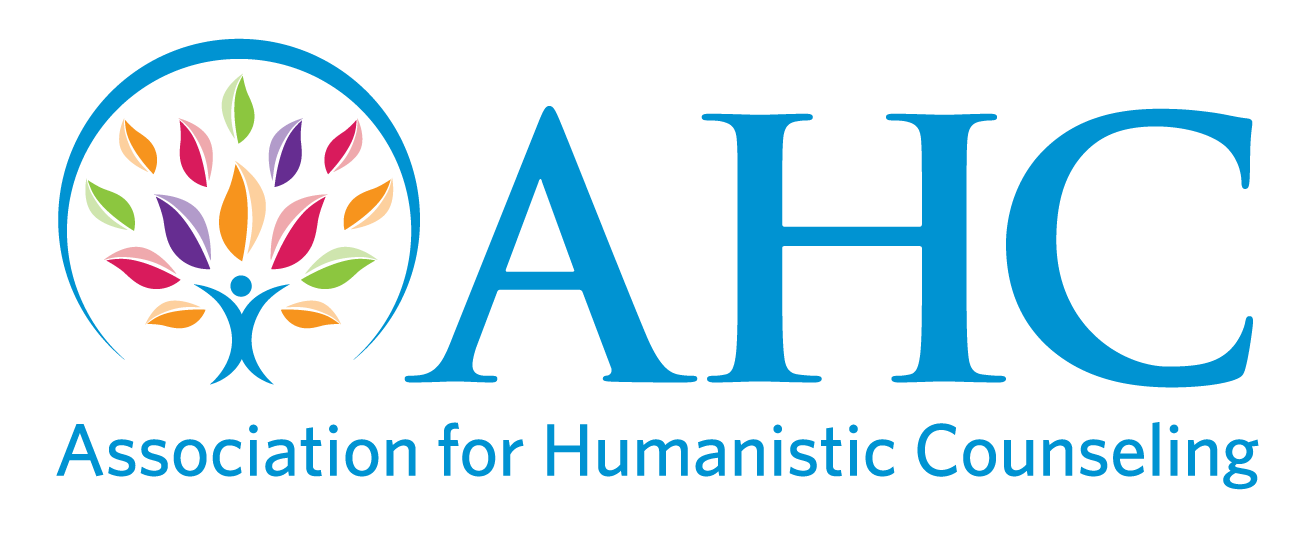Book Review: Metaphors in Counselor Education and Supervision
By: Lindsey M. Bass, LPC-C, NCC, CAATP
When reading a book, an individual may expect to use a certain level of imagination, interpretation, and analysis to take components of the text and apply the newfound knowledge to one's life. Comparably, the book, Metaphors in Counselor Education and Supervision teaches the reader the absolute value of metaphors and simultaneously anchors the concepts with visual, auditory, and even kinesthetic cues. Similar to metaphorical usage, this work actively stimulates the imagination and brings personal interpretive elements while refreshing memories from reading the text. Theorists such as Freud, Jung, Erikson, Virginia Satir, and others have used metaphors in creative ways as therapeutic tools. However, the specific use of metaphors in an educational setting is still novel – this book fills that gap with a section on practical application at the forefront of its writing.
Similarly titled works such as The Use of Metaphor in Clinical Supervision (Guiffrida et al., 2007) prompt the supervisor with activities to support the supervisee's development in their process of becoming a counselor and understanding their role. Additionally, the focus of metaphor usage and activities surrounds case conceptualization and expands students' understanding of their skills (Guiffrida et al., 2007). While the text mentioned above is informative and leaves the reader with many activities to implement in their supervisory work, they may also wonder which metaphorical story best suits their unique supervisee. Metaphors in Counselor Education and Supervision addresses this issue by providing specific focus on practicality, relatability, and multicultural sensitivity with each metaphor.
In education and supervision, an intriguing element of presenting cases is hearing unique insights from one another. Through this text, the reader can see different contributors through their unique and metaphorical lenses, allowing personal and emerging professional identities to mingle through the chapters. Like how Carl Jung (1981) used his dreams to build metaphors, each chapter's contributor offers individualized takes on components of the educational journey a counseling student goes through and those in a supervisory role working with students or recent graduates.
While reading Metaphors in Counselor Education and Supervision, the reader may find it helpful to read part one in its totality and then read the metaphors listed in section two. Section two is designed to assist the reader in finding valuable metaphors to ponder or implement to meet student needs, supervisee needs, or client needs. Whether the reader is looking for something to align with fairy tales, sports, the ocean, jigsaw puzzles, or even pop superstar Beyonće, this book has a metaphor for immediate use. While critiquing the text, the major challenge was finding the best way to apply the metaphors. Whether the reader's purpose is specifically for a new counselor developing their skills and identity, for a supervisor looking for guidance with their supervisee, or for use with specific populations, the book would be easier to navigate if part two could be organized into applicable categories.
As described in Metaphors in Counselor Education and Supervision, a fairytale can work as a psychological mirror and help the reader with self-awareness. As such, the simple act of reading this book offers a rich opportunity to see others, their stories (whether they are real or metaphorical), and build awareness through personal interpretation and with those outside of your experiences. This expertly edited volume rests on a solid research base. It offers comparisons between different literary minds, interpretations of metaphors (vivid, pale, and conventional), explanatory or evaluative metaphors, or distinguishing eight varieties (major stories, anecdotes, analogies) of metaphorical usage. This text offers priceless educational value, particularly for those entering the field and looking for active ways to immediately build their counselor toolbox and begin to bring deeper insights to the counseling environment. Metaphors in Counselor Education and Supervision is a volume that will be used and referred to time and again to help create more meaningful communication in the counseling field.
References
Guiffrida, D., Jordan, R., Saiz, S., & Barnes, K. L. (2007). The Use of Metaphor in Clinical Supervision. Journal of Counseling and Development, 85(4), 393–400. https://doi.org/10.1002/j.1556-6678.2007.tb00607.x
Jung, C.G. (1981). The archetypes and the collective unconscious (trans. R. F. C. Hull), 2nd ed., Princeton University Press.

